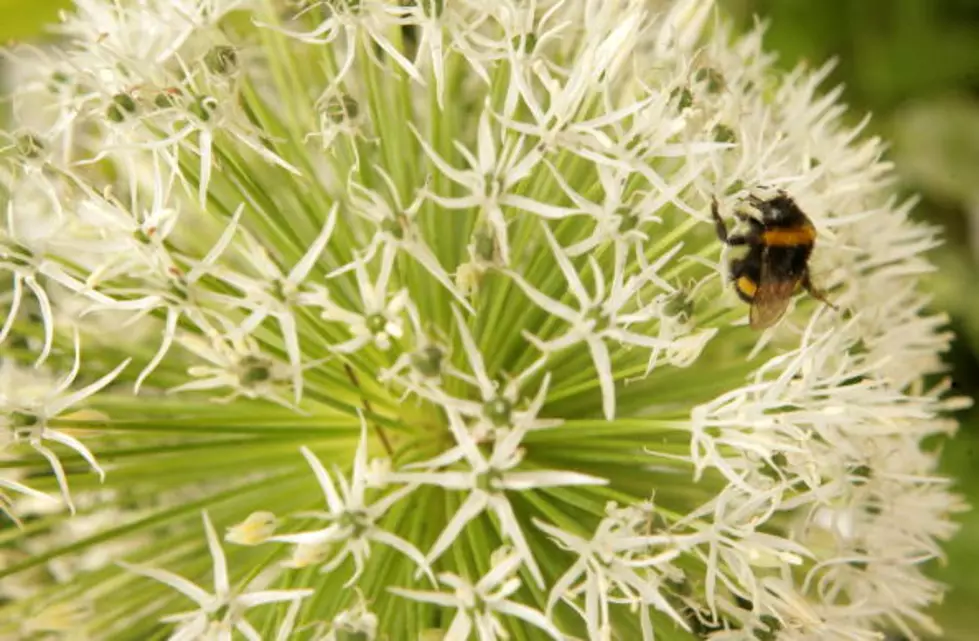
U.S. Fish and Wildlife Service Evaluating the Status of Two Species
The western bumble bee, like all bumble bees, is a yellow and black bee that is an important pollinator of a wide variety of flowering plants and agricultural crops in western North America. This bee has a wide geographic range that stretches down the west coast from Alaska to California and reaches as far east as Nebraska and the Dakotas.
This native bumble bee was once widespread and very common, but during the last several decades populations have declined range-wide, particularly in the western, coastal portions of the range.
The U.S. Fish and Wildlife Service received a petition from Defenders of Wildlife to list the bee as threatened or endangered under the Endangered Species Act. The petition claims western bumble bees are at risk of extinction from several factors including habitat loss, disease, pesticide use, inadequate protective laws, and climate change.
In addition, the Western Area Power Administration has petitioned the Service to remove federal protections for the Deseret milkvetch, which is currently federally-listed as threatened. It is a small perennial herb in the bean family.
The Service recognizes that potential threats from residential development, highway expansion, and livestock grazing have not materialized since it was listed. Surveys also show a higher number, and wider range of plants, than initially thought.

